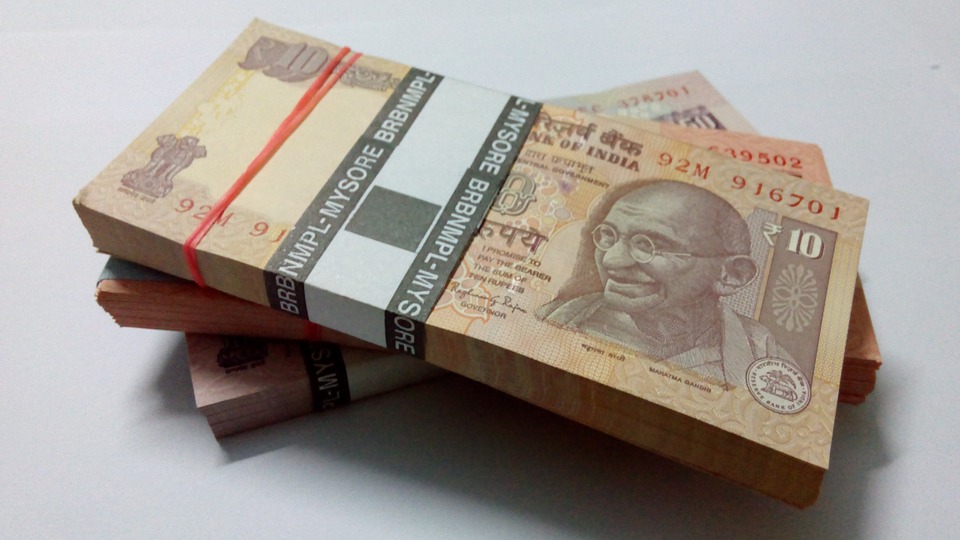
Muscat: The value of a single Omani rial reached a record 192 Indian rupees on Friday, but stabilised to Rs191.50.
Subsequently, a single US dollar would have fetched you Rs74.22 on Friday, but has come down to Rs73.36.
Exchange houses disclosed the latest exchange rates, adding that the rupee had been sliding for about six months, now.
At the start in April, an Omani rial was worth just over Rs169. This translates to an increase in the value of the rial by over Rs22.
Global Exchange CEO, Madhusudhan insisted that there had been only a small increase in remittances from Oman to India in the past six months, but given the rise of the value of the Omani rial against the Indian rupee, the amount being wired has gone up significantly.
“There is only a marginal increase in remittances to India (from Oman), but the steep fall in the rupee has meant much more money being remitted home. For instance, when the Omani rial was worth Rs165, if a person sent OMR1,000 home, he’d be remitting Rs1,65,000. Today, he would be sending Rs1,92,000 home if he wires the same amount,” he added.
However, Madhusudhan insisted that the people in India making use of these remittances would be affected by the steep rise in prices of fuel and consumer goods, thanks to the increase in the value of crude.
Moreover, the Global Exchange CEO attributed the latest fall in the value of the Indian rupee to Reserve Bank of India (RBI) not hiking key interest rates.
“The RBI was expected to increase key interest rates as a matter of policy review. However, the RBI committee decided not to do it. The market took it negatively and hence the rupee fall,” he remarked.
Madhusudhan reiterated that there were multiple reasons for the fall of the Indian rupee, both domestic and international.
“The main domestic reason for the rupee crash is the huge current account deficit caused by increase in the prices of key imports like oil, gold and electronic goods. This also affects the loans that India owes to international bodies,” he said.
He also mentioned that the US dollar had in fact strengthened against a number of emerging currencies, besides the Indian rupee, such as the Chinese yuan, British pound, Euro, Turkish lira, Filipino peso and so on. The international reasons include trade wars, he added.
The Global Exchange CEO said that the Indian rupee may fall further in the next few months.
“I feel the rupee might fall further in the short term, say up to December this year. The currency might appreciate early next year, hopefully,” he remarked.